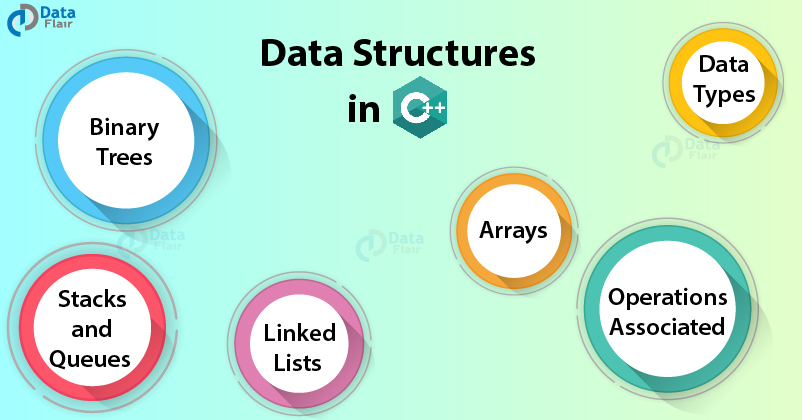| Course Objective: | ||||||||||||||||
| To impart the basic concepts of data structures and algorithms, searching and sorting techniques, ADTs like stacks,queues,lists,trees graphs and its implementation in OOP. | ||||||||||||||||

- Teacher: ANU VICTOR
Course Objectives
To expose the students to
1) The basics of real analysis required for their subsequent course work.
2) Learn when certain theorems apply and when they do not
3) Identify the correct definitions and theorems to deal with unknown problems
Course- Learning Outcomes
CO1: Students will understand the basics& describe the fundamental properties of the real numbers that underpin the formal development of real analysis of Real analysis
CO2: Students will understand the definition & concepts related to sequences
CO3: Students will demonstrate an understanding of the theory of sequences and series, limits, continuity, differentiation and integration.
CO4: Students will be able to find out Lim sup & lim inf
CO5: Students will know the purpose of power series& uniform convergence and able to solve problems related to them
CO6: Students will apply the theory in the course to solve a variety of problems at an appropriate level of difficulty.
CO7: Students will Practice the problems related to Riemann integral
CO8: Students will demonstrate skills in constructing rigorous mathematical arguments;
- Teacher: K USHA PRAMEELA
COURSE OBJECTIVES:
|
UNIT |
OBJECTIVES |
||
|
|
|
||
|
II |
|
||
|
III |
|
||
|
IV |
COURSE OUTCOMES:
|
- Teacher: SANDHYA -
- Teacher: SOWJANYA D
Course Description:
The course addresses the English language needs of the students at the undergraduate level. The focus will be upon four categories: Prose, Poetry, Vocabulary, and Grammar. In addition to these, the last two units focus on developing the writing skills of students by including essay writing and report writing. The content of the text raises questions of how English is used in India versus how it ought to be used and thus engaging the debates about a “standard English” and the need of adapting English to the local cadence and culture of India. Similarly, the British and American variations of the language are included to orient the students to broaden their view of English as an international language. Overall the course will focus upon the critical thinking faculties of the students concerning academic, linguistic, political, literary, and ethical concepts.
- Teacher: Dr SAIKIRAN D
- Teacher: Dr. MAITHRY SHINDE